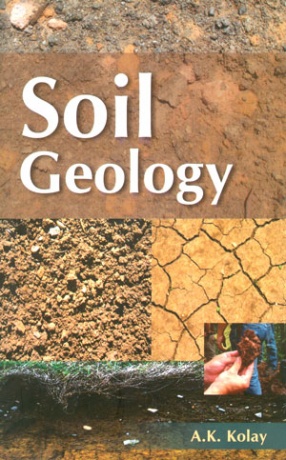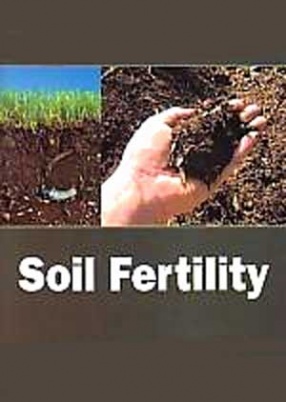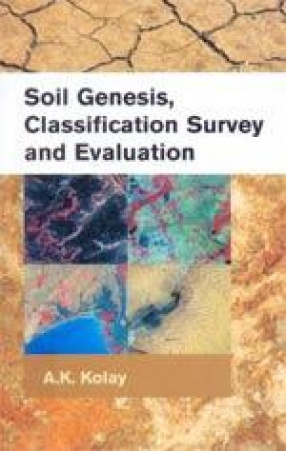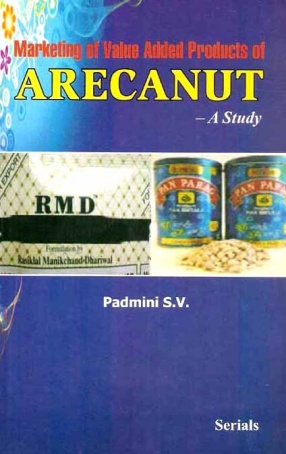Rocks and other parent materials weather to form soils which inherit their characteristics from their respective parent geological materials. Therefore, a thorough knowledge of the chemical composition of different rocks in the different climatic zones of India and their physical nature facilitates a thorough understanding of the relationship of different types of rocks and other geological formations situated in different regions of India to soils of the corresponding regions that have formed from weathering. The greater part of the Indian peninsula has been covered by the Archaean system of rocks where red soils are predominant. Gneisses, charnockites, diorites and other rocks which are relatively richer in clay forming and correspondingly poorer in silt have weathered to form the red loamy soils. Anorthite, occurring as intrusions in the surrounding rock mass, has weathered to form red loamy soils of alkaline reaction of pH 8.5. Otherwise the normal red soils are neutral or slightly acidic in reaction. Granites, sandstones and quartzites have weathered to form the red sandy soils of acidic reaction. Cuddapah and Vindhyan system of rocks have weathered to form red or red & yellow soils. Red & yellow soils occur in the east-central and northeast-central parts of India. Micaceous quartzite schists, phyllites, hornblende schists and gneisses have weathered to form these yellow coloured soils of neutral to slightly acidic reaction. Large part of western and central India has been covered by the lava flows of the Deccan Trap. The basaltic Deccan Trap rocks have weathered to form black soils (regur) which are clayey and alkaline in reaction. The extra-peninsula have manifested the occurrence of marine sediments, especially in the Himalayas, where brown hill soils occur. The brown hill soils have formed from the weathering of sandstones, gray micaceous sandstone and shales. They are dark brown in colour, loam to silty loam in texture, and moderately rich in organic matter in their surface soil. They are neutral to slightly acidic in reaction. The submontane soils have been formed from weathering of sandstone and shale under coniferous vegetation. They are acidic in reaction. The great Indo-Gangetic plain situated between the peninsula and the extra-peninsula has been covered by alluvial soils. The Indus, the Ganges and the Brahmaputra draining the Himalayas have brought the weathering products of the rocks of the Himalayan mountain ranges and deposited them in the Indo-Gangetic plain. The nature of the alluvial soils vary due to the heterogeneous nature of their parent rocks. The recognition of the close relationship between soils and their parent geological materials led to the development of a classification system based on the composition of the underlying geological formation. This has resulted in the nomenclatures like limestone soil, basaltic soil, alluvial soil, etc. The book will be useful to the students pursuing various courses in Soil Science. It will also help teachers and researchers in this field.
Soil Geology
In stock
Free & Quick Delivery Worldwide
Bibliographic information
Title
Soil Geology
Author
Edition
1st ed.
Publisher
ISBN
9788126914524
Length
viii+248p., Illustrations; Tables; References; Index; 22cm.
Subjects








There are no reviews yet.